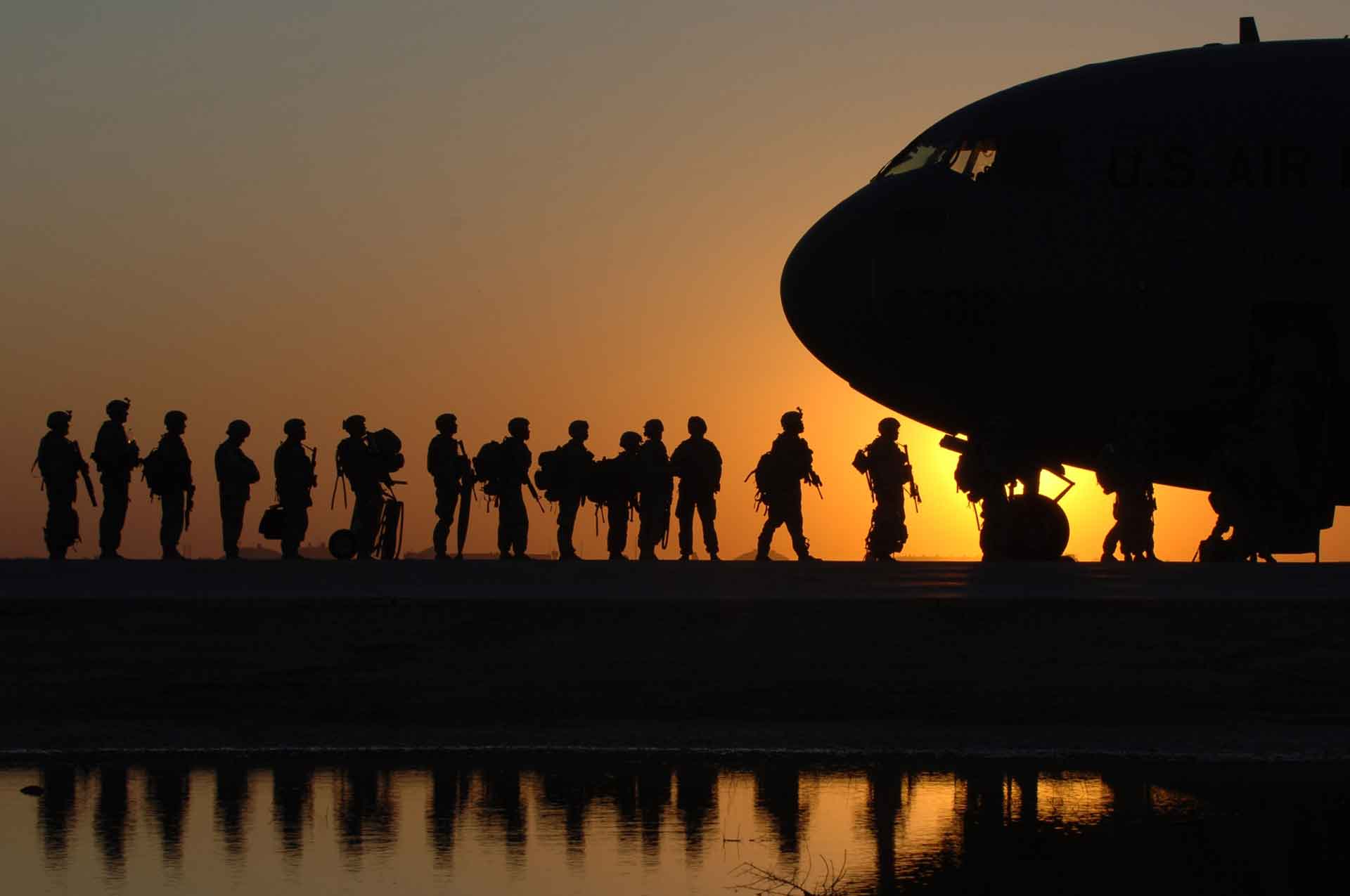Transitioning from Military to Commercial Aviation. How Hard Could it Be?

You’ve been active duty as an jet mechanic, avionics guy, seat mech, parachute rigger, or even as airframes. Your clock is ticking and even though you’re nervous, you are ready to either retire or separate. Whatever your reasons for beginning a new adventure, congratulations! If you’ve already decided to stay in aviation and get your trade equivalent certificate(s) and/or license(s), if you haven’t done so already, you’re on the right path. Having paperwork behind you like a license or certification, besides your training jacket, is huge because it pays and gives you more mobility in terms of job offers and locations. “You aren’t responsible for them, you are only responsible for you and the work that you do. This means stashing the knife hand…” You’re probably wondering what that transition will be like. It has probably also crossed your mind as to what your day to day will look like in civilian aviation. I can tell you from personal experience, there will be a learning curve. I have also come to say, you are not alone. If you are open to the idea that things will be different and bring a learning mindset to the table, you will be just fine. ## So what does the transition look like? Well, I have created a list of what some of those similarities and differences, based on personal experiences and research, will look like to help you gain a fuller picture. Keep in mind that this list covers civilian aviation in terms of the commercial aviation MRO (Maintenance, Repair, Operations) sector. This does not include general aviation or business/executive aviation. ## Differences: – Paperwork – We used to be handed MAFs (Maintenace Action Forms) which is replaced with Task Cards, Routines, and Non-Routines. This is how work is handled and documented. Routines are work that are part of the normal scope of maintenance. Non-routines are deficiences found that require correction and are typically outside the normal scope of a job, like unscheduled maintenance. Task cards are work requested by the customer and can include all of or just a small portion of what you need to know in order to facilitate the job. You will most likely have to go digging for any other information you may need in the applicable Aircraft Maintenance Manuals. – Maintenance Manuals – Called Aircraft Maintenance Manuals, or AMM for short. Older model aircraft are not specific as to what may need to happen to “Remove panel”, or, “Install pump”. Often times, you are left to figure out the “how’s” in order to facilitate those maintenance actions. This is an extremely sharp contrast to military aviation that gives you exact steps and all prerequisites to complete a job. “…wad that up and toss it right in the garbáge. You are now all shops.” – AORs – How many times have you heard, “This is your area of responsibility! Well, while AORs don’t transition the same, it’s absolutely best practice to keep your personal AOR, or what I like to call PAOR, a reflection of how you do business. There is no one person in charge, a side from the actual Lead Mechanic and Director of Maintenance, so all other mechanics are your peers. What does that mean? They may operate differently from you, and you from them. You aren’t responsible for them, you are only responsible for you and the work that you do. This means stashing the knife hand and, “shipmate!” (or other branch equivalent). – MOS Codes/Skilled Labor – Think of your military occupational specialty code. Remember calling on other shops/work centers to complete their aspect of a job, maintenance action, or operation/functional check? Yeah, wad that up and toss it right in the garbáge. You are now all shops. There are exceptions depending on where you are employed and how they divide up experience, work, and overall manpower. A prime example is avionics technicians and sheet metal mechanics. If you worked AVI or sheetmetal before, chances are you’ll continue that path in the civilian sector, unless you force a chance with extra qualifications and/or speaking to your supervisor about placing you on other job types. The reason for the division of work types is those are labor intensive jobs that require unique experience to do the job right the first time and well overall. – FOD – FOD will continue to stay important in aviation, but the intensity that it was handled as an active duty service member is not something you will see. Just remember that before you ask what time the evening shift FOD walkdown starts.
